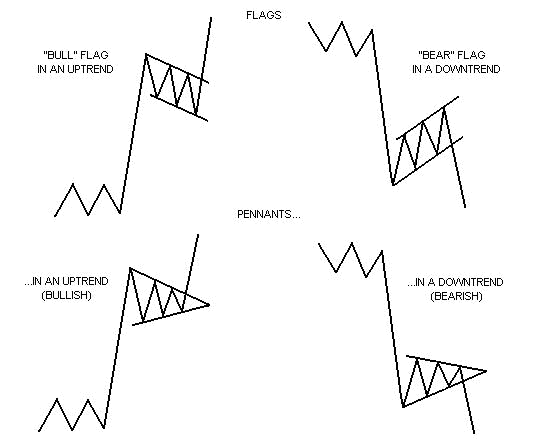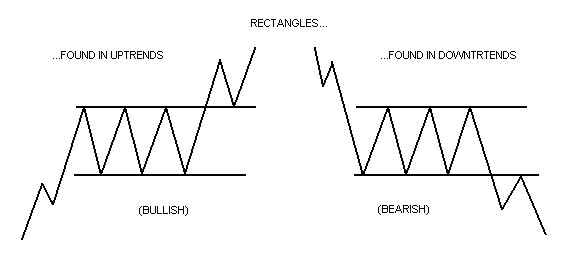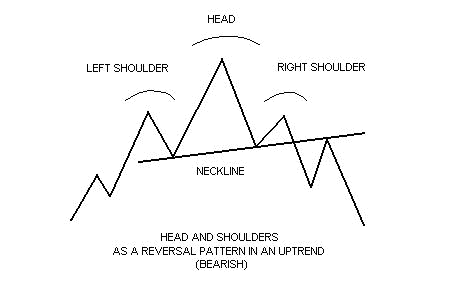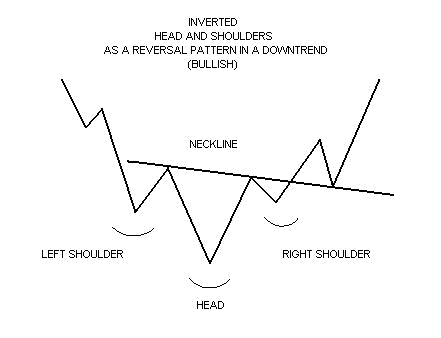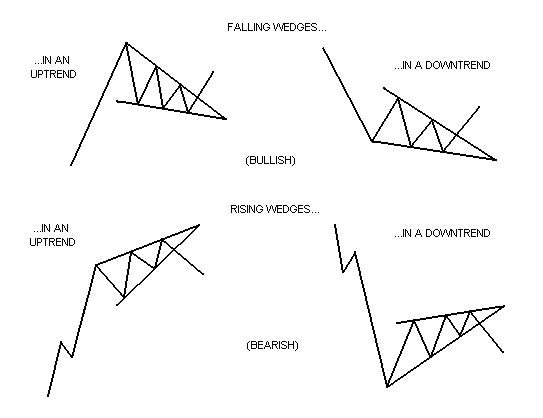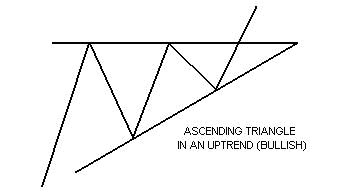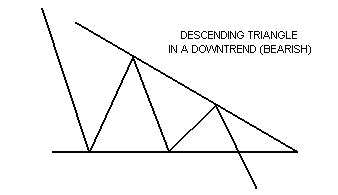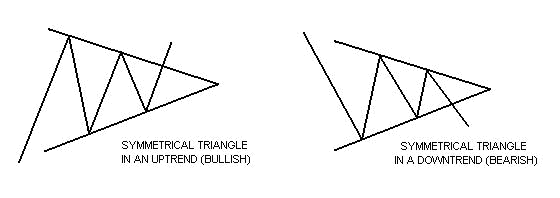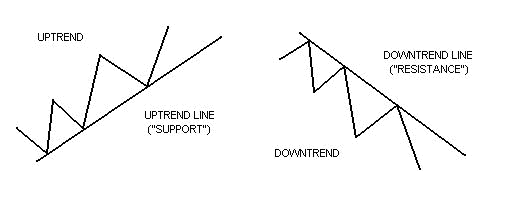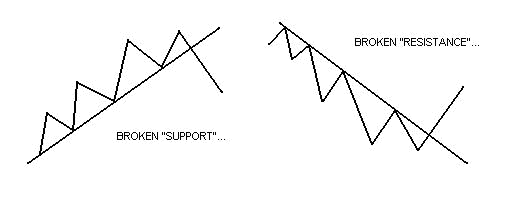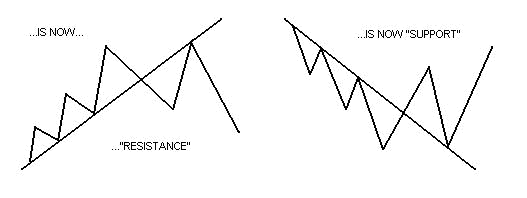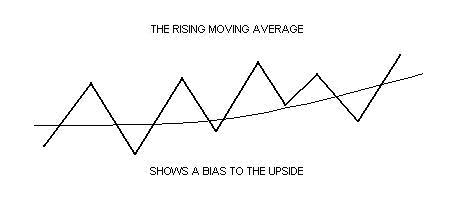From the time when my interests in Stock markets everincreased, I always wanted to know how the legendary investor Warren Buffett invested in stock markets. There are so many people who invest their money in stock markets but still none of them has come even closer to the future which Warren Buffett has made out of investing in Share markets in USA, There are few things which are different between today's normal investor's(In which all TV channels analysts and modern day investors come), and the other is Warren Buffett.
I have read the Book "The Warren Buffett Way" and recommend reading this book for all the fellow investors and followers. You can also gain some insight from best books for stock markets available today and my take from "The Warren Buffett way"
This post is dedicated to legendary stock investor Warren Buffett, and describes 10 stock investing tips which are non-failing and are followed by Warren Buffett or are derived from his life style and analysis of the stock markets, Do remember that his worth of >50 billion has come from investing in stock markets for long term.
So here are the 10 stock market investing tips or the Warren Buffett way of investing:
1.
Be Self-Dependent : Stock investment is one field where a person should not depend on any body else for some sort of advice as there is no gurranteed advise in stock market investing, One should invest by following his/her own intellect/analysis and should remain away from stock market advisors as according to me they are sheer fools who dont know anything and put our hard earned money into risk.
2.
Be Simple-live Simple - Extravagant lifestyles make a person a money guzzler, and chances of having such lifestyle are too high if in past you have made some fast bucks from stock markets thinking that you will always make profit out of it.
Warren Buffett is following a simpler lifestyle and focuses on investing in correct stock by sheer analysis and forgetting about all the worldly pleasures which are simply nothing but insane. Living a simple life would help in having more money for more investing.
3.
Invest in stocks you know - Like the legendary investor Warren Buffett one should always invest in companies whose working is familiar to him/her, this reduces the risk of failure/loss while making the investment decision.
4.
Make your own path - For making huge profits from the stock markets one should not go with the crowd, most of analyst out there are strictly short term once and nonreliable, dont simply do what all are doing and remember due to such shortsightness in stock markets the SENSEX come down to 14k levels couple of years back, just follow what your brain says without any concern about anybody.
5.
Believe in Indian Economy - Anybody who wants to invest in Indian stock markets should not consider change of govt or any emergency as time to sell the stocks, always have faith in economy as the fundamentals of indian economy are very strong as grey economy runs alongwith legal economic data, this was the reason why indian Companies hardly went into any type of recession.
6.
Buy when stock is undervalued - The best time to buy a stock for long term is when all others are selling it, this is time when the stock would be undervalued and you can make huge returns on your investment. Buffett doesn't pay much attention to earnings per share, a common measure of value. Instead, he likes to see companies with good return on equity, solid operating margins and reasonable or no debt.
7.
Invest in Innovative company - According to Warren Buffett one should always look for companies which are very active innovator and have patents in their field, the problem with indian companies is that these are more copycats and no innovators but still invest in companies which are holding patents in their fields as such patents keep competitors at bay.
8.
Purchase huge stocks - Most of the investment companies in india wants to do diversified stock investment for minimising the losses, but if a person has to make big bucks then he should keep on purchasing the stock which he has well analysed and should not diversify, this is again thinking different from the crowd.
9.
Be a lifetime player - Whosoever said that stocks are meant to be sold is a fool, always keep on adding the stocks without thinking about selling, if you purchase a stock by keeping selling in mind then you would probably make mistake in both the tasks.
10.
Wait for Stock market crash - One should always wait for the stock market crash and should think this as oppurtunity to purchase even more stocks, Market crashes bring the stocks to minimal levels thus making all of them undervalued just because of some temporary economic fluctuation, just wait for such time and purchase.













